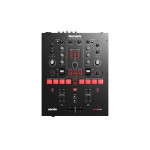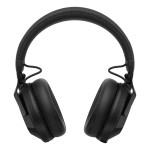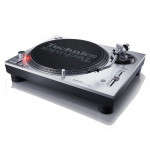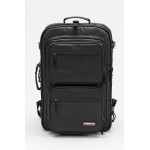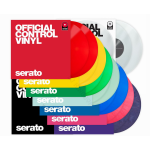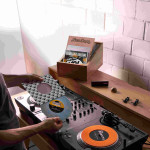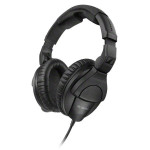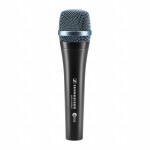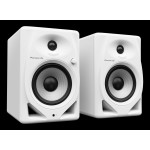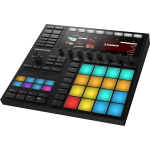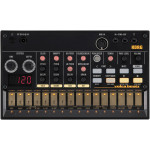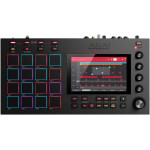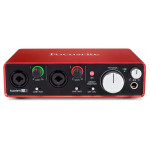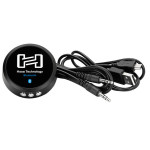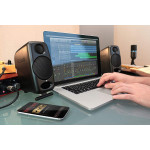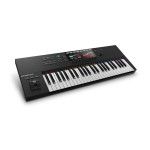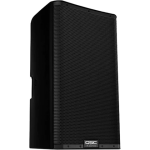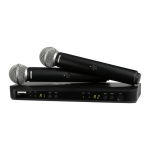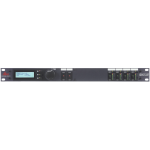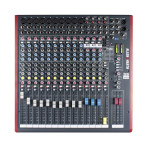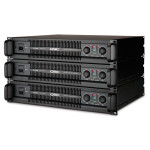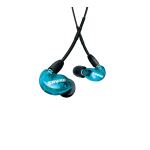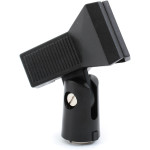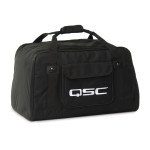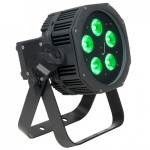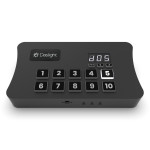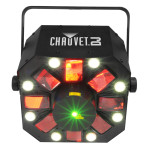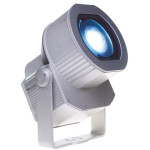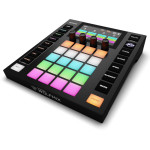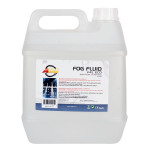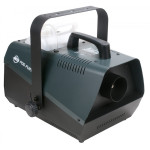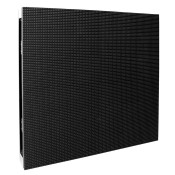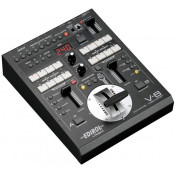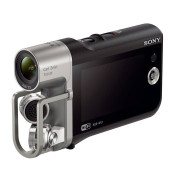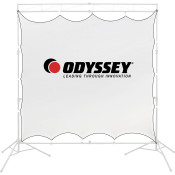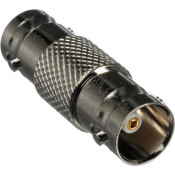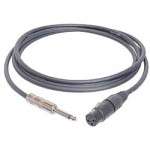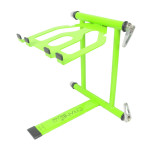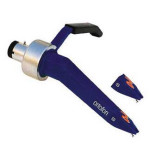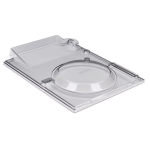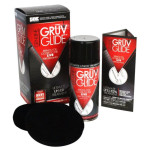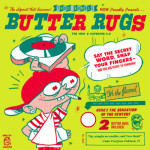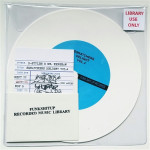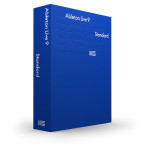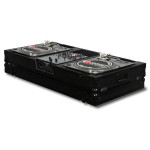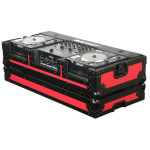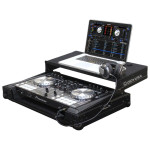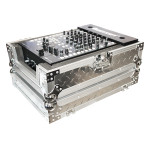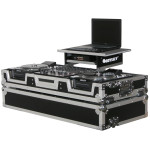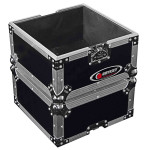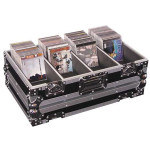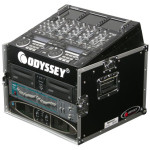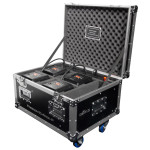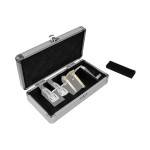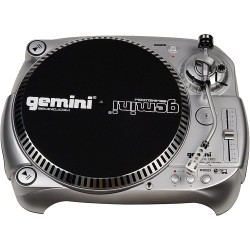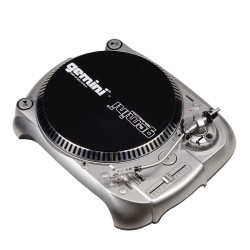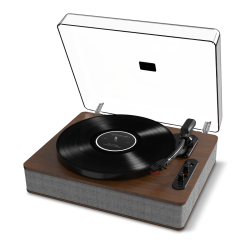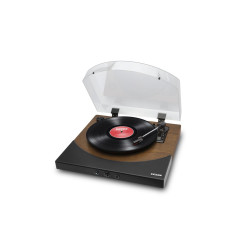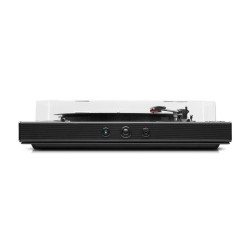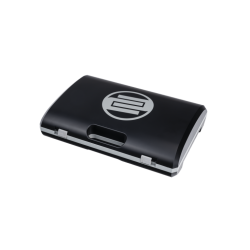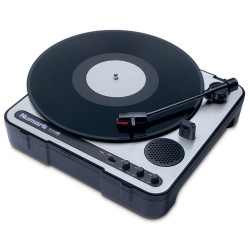
For DJs shopping for the right turntable, the choice between direct drive or belt drive is a no- brainer: It's direct drive or nothing. But what if you're simply wanting to listen to records at home and want to enjoy the best possible audio quality you can get? If that's you, then you may be happier with a belt-driven turntable. This is due to a number of factors. Most importantly, belt drive turntables are built with their motors off to one side, rather than positioning the motor directly under the platter, where a good stylus will pick up electrical interference from the motor, resulting in some backround distortion. For DJs playing on club sound systems made for loudness over detail, this isn't usually a big deal, but if you're listening to a quiet, detailed recording on noise isolating headphones or audiophile-grade speakers, you'll definitely hear the hum. That's where the advantage of belt drives comes in. With the motor offset to a spot where the stylus won't pick up any errant motor vibrations, you'll hear the most accurate reproduction of the sounds pressed into the record's grooves, and nothing that shouldn't be there.
Belt drives are also often automatic, rather than manual turntables, meaning you don't have to move the tonearm by hand and place the needle at the start of the record, or get up and take the needle off the record when it's done; an auto turntable will do this for you. You'll also have access to a wider array of stylus and cartridge options when you eventually decide to upgrade, as the majority of turtable cartridges are made for purely listening, and will have more detail and clarity than most DJ oriented cartridges.
So if it's sound quality you're after above all else, a belt drive turntable might be exactly what you're looking for!

-150x150.jpg)
